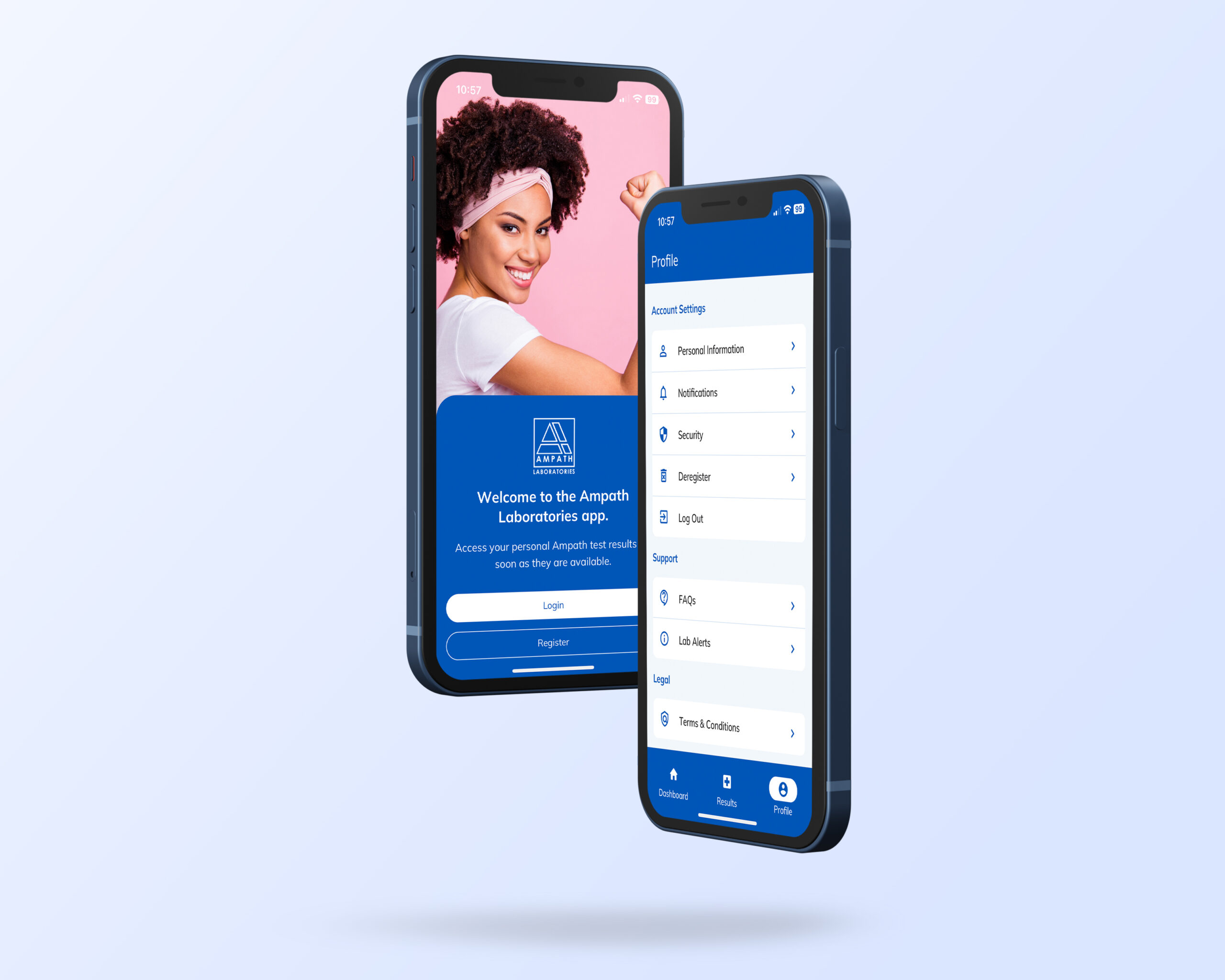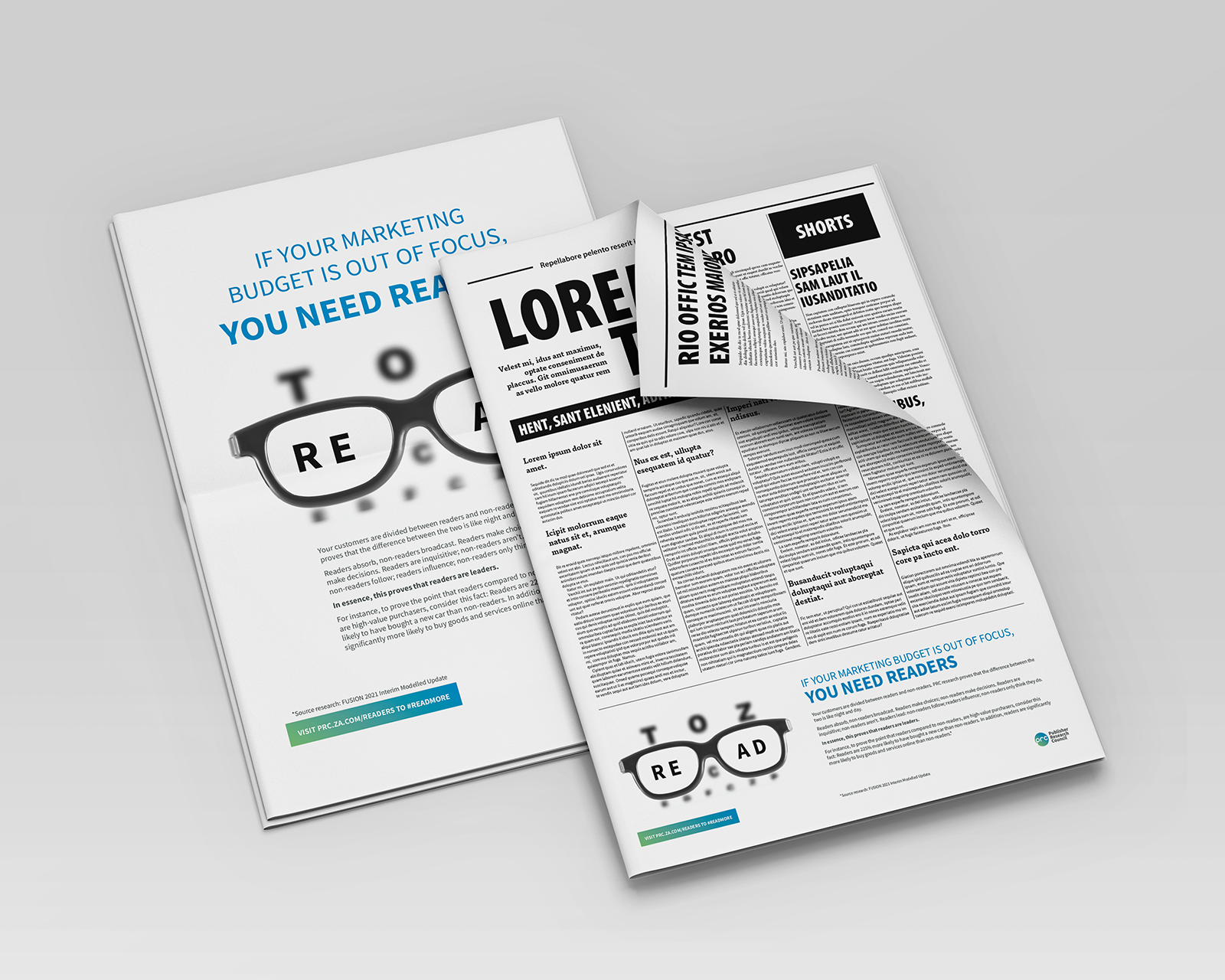“
Our permanent address is tomorrow
”
Marshall McLuhan
We Work for You
TTwisted Toast Digital’s team of marketing experts will assist you with intelligent marketing and brand development strategies that will help your business grow. Our creative hybrid methods combine traditional and digital marketing actions to deliver customised and effective campaigns sure to resonate with your customers. We do this by providing you with creative and brand strategy, website and mobile app development, content creation, advertising, social media management and more. Our motto is “Semper in Altum” meaning “Always Higher”, which represents our complete commitment to assist you with achieving your growth goals.
FFor a concise overview document detailing how Twisted Toast Digital can help your business grow, download our handy one-pager.
Work that works for you
Twisted Toast Digital is a marketing agency that excels in providing you with an optimal blend of strategic thinking and creative execution to deliver effective growth solutions for your business. We use a combination of digital and traditional methods to deliver the results you need for your brand to grow.
How We Help You Grow
at Twisted Toast Digital, we specialise in providing you with excellent brand development campaigns through a variety of digital and traditional marketing methods that will help you to grow your own brand.
Websites
Social Media Management
Digital Advertising
Mobile Apps
Software Development
Digital Marketing
Content Marketing
Advertising
Brand Magazines
Newsletters
Strategy
Brand Identity Development
Brand Naming
Visual Language Creation
Brand Collateral











